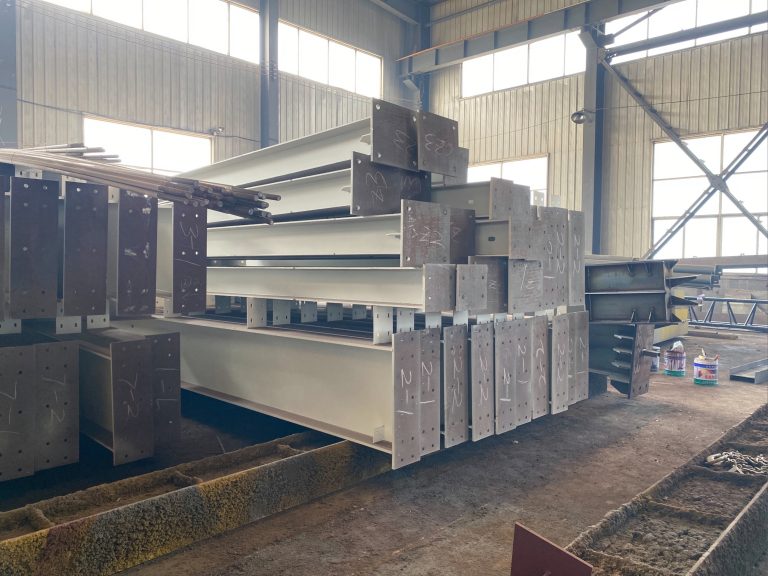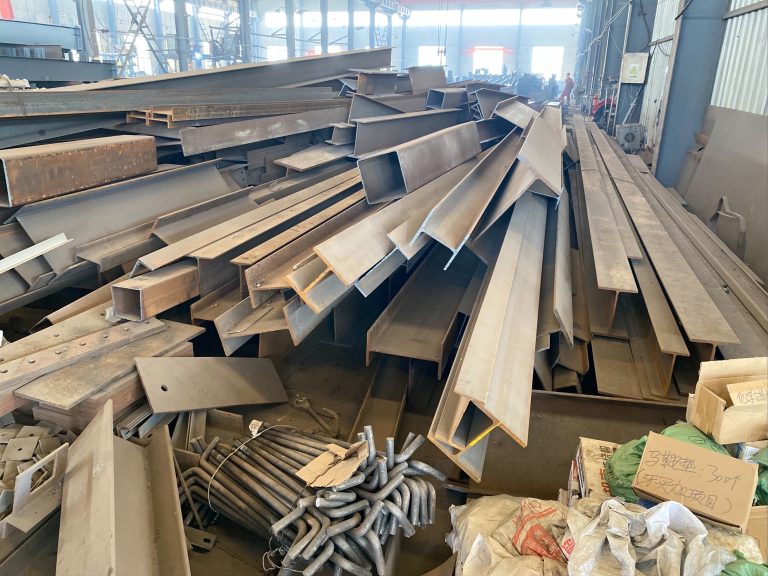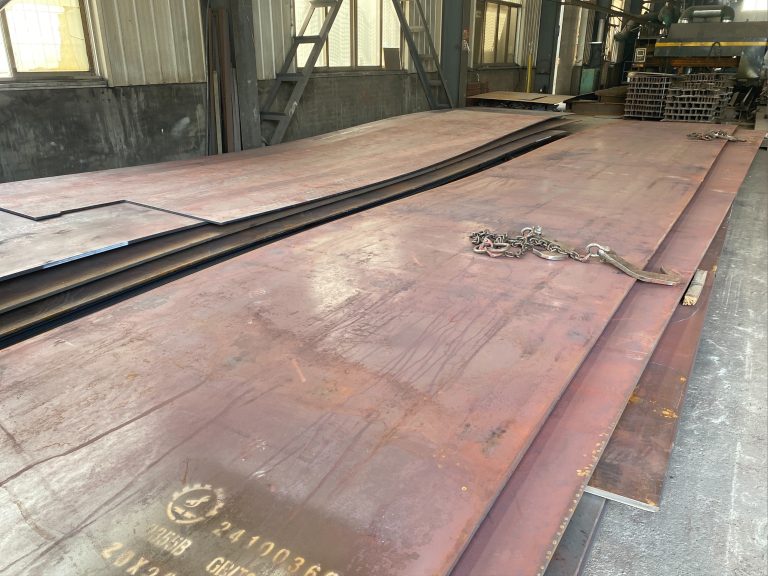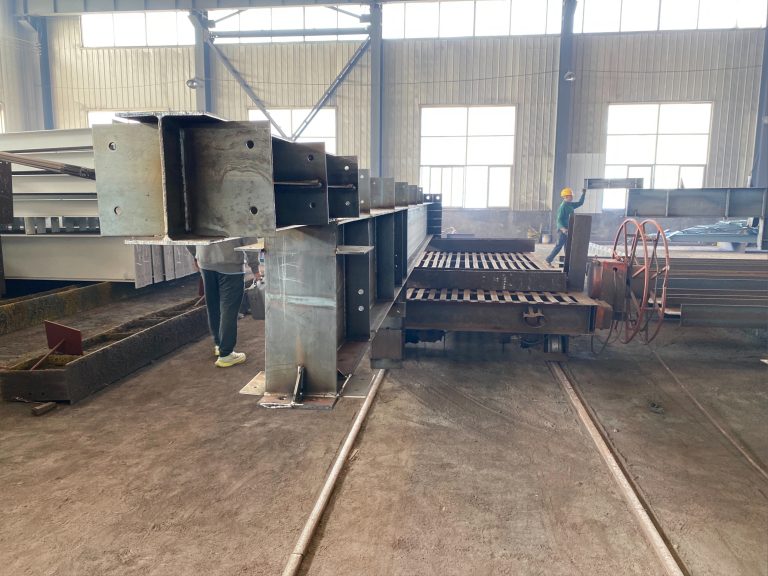The innovative design of the container house transformed into an outdoor learning center
Table of Contents
Sustainable Design Features of the Container House Outdoor Learning Center
Container houses have been gaining popularity in recent years due to their sustainable design and versatility. These structures, made from repurposed shipping containers, offer a unique and eco-friendly alternative to traditional building methods. One innovative use of container houses is as outdoor learning centers, providing a creative and inspiring space for education and exploration.
The transformation of a container house into an outdoor learning center involves several sustainable design features that make it an ideal space for learning and discovery. One key feature is the use of natural lighting and ventilation. By incorporating large windows and skylights into the design, the container house allows for ample natural light to enter the space, reducing the need for artificial lighting during the day. This not only saves energy but also creates a bright and inviting atmosphere for students and teachers.
In addition to natural lighting, the container house outdoor learning center also utilizes passive ventilation techniques to maintain a comfortable indoor environment. By strategically placing windows and vents throughout the structure, air can flow freely, reducing the need for mechanical ventilation systems. This not only reduces energy consumption but also promotes a healthy and sustainable learning environment.
Another sustainable design feature of the container house outdoor learning center is the use of recycled and repurposed materials. From the container itself to the furniture and fixtures inside, every element of the space is carefully selected to minimize waste and reduce the environmental impact. By incorporating reclaimed wood, recycled metal, and other sustainable materials, the outdoor learning center demonstrates a commitment to sustainability and responsible design practices.
Furthermore, the container house outdoor learning center is designed to be energy-efficient and environmentally friendly. By installing solar panels on the roof, the space can generate its own renewable energy, reducing its reliance on the grid and lowering its carbon footprint. In addition, energy-efficient appliances and lighting fixtures are used throughout the space to further reduce energy consumption and promote sustainability.
The innovative design of the container house outdoor learning center extends beyond its sustainable features to include flexible and adaptable spaces for a variety of educational activities. The open floor plan allows for easy reconfiguration of the space to accommodate different learning needs, from group discussions to hands-on experiments. Mobile furniture and modular design elements make it easy to transform the space to suit the specific requirements of each lesson or activity.
Overall, the container house outdoor learning center exemplifies the potential of sustainable design to create inspiring and functional spaces for education and exploration. By incorporating natural lighting and ventilation, recycled materials, energy-efficient systems, and flexible spaces, the outdoor learning center demonstrates a holistic approach to sustainable design that benefits both the environment and the community. As more schools and educational institutions embrace sustainable practices, the container house outdoor learning center serves as a model for how innovative design can transform learning spaces into vibrant and eco-friendly environments.
Benefits of Utilizing Container Houses for Educational Spaces
Container houses have gained popularity in recent years for their versatility and sustainability. These structures, made from repurposed shipping containers, offer a cost-effective and eco-friendly alternative to traditional building methods. One innovative use of container houses is transforming them into educational spaces, such as outdoor learning centers. This article will explore the benefits of utilizing container houses for educational purposes, focusing on a specific case study where a container house was transformed into an outdoor learning center.
One of the key advantages of using container houses for educational spaces is their flexibility and adaptability. Container houses can be easily customized to suit the specific needs of an educational program. In the case of the outdoor learning center, the container house was designed to include a classroom area, a library, and a small kitchen. This allowed for a variety of activities to take place within the space, from traditional classroom lessons to hands-on cooking demonstrations.
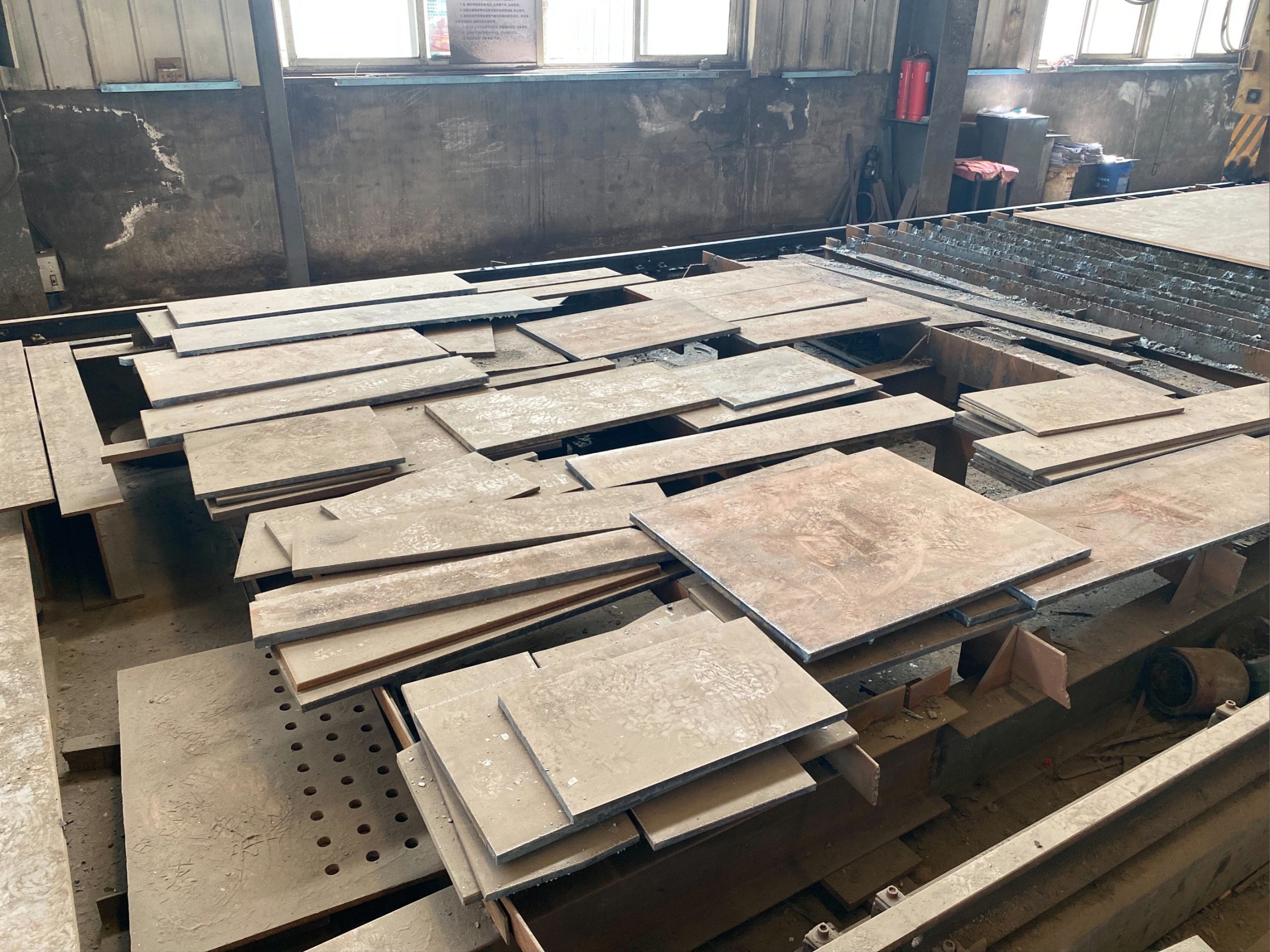
Another benefit of container houses for educational spaces is their portability. Container houses can be easily transported to different locations, making them ideal for temporary or mobile educational programs. In the case of the outdoor learning center, the container house was placed in a community park, providing a unique and engaging learning environment for students. This mobility also allows for greater accessibility, as the container house can be moved to different neighborhoods or communities to reach a wider audience.
In addition to their flexibility and portability, container houses are also environmentally friendly. By repurposing shipping containers, these structures help reduce waste and minimize the environmental impact of construction. The outdoor learning center was designed with sustainability in mind, incorporating solar panels for energy efficiency and rainwater collection systems for irrigation. This not only teaches students about the importance of environmental stewardship but also demonstrates practical ways to live more sustainably.
Furthermore, container houses offer a cost-effective solution for creating educational spaces. Traditional building methods can be expensive and time-consuming, making it difficult for schools or community organizations with limited budgets to create new facilities. Container houses provide a more affordable alternative, allowing for the creation of innovative and engaging learning environments without breaking the bank. The outdoor learning center was able to be built within a reasonable budget, thanks to the cost savings associated with using repurposed shipping containers.
Overall, the innovative design of the container house transformed into an outdoor learning center demonstrates the many benefits of utilizing container houses for educational spaces. From their flexibility and adaptability to their portability and sustainability, container houses offer a unique and practical solution for creating engaging learning environments. By repurposing shipping containers, schools and community organizations can create cost-effective and environmentally friendly educational spaces that inspire creativity and learning. The outdoor learning center serves as a shining example of how container houses can be used to transform traditional educational spaces into dynamic and engaging environments that benefit students and communities alike.

